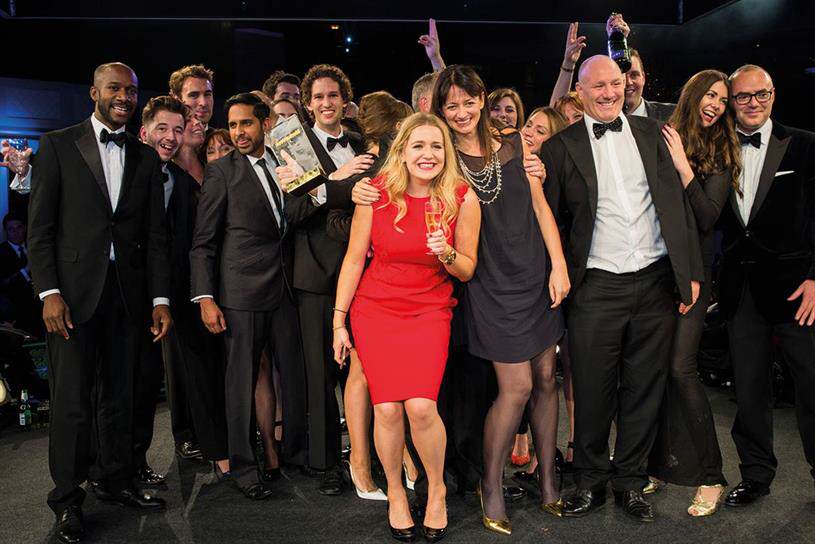
InStyle is the latest title to fall off the print bandwagon – the monthly fashion title announced this month it will issue its final print copy in December as it prepares to become a digital brand.
Fifteen years after launch, InStyle has seen significant declines in print circulation, with the latest ABC data revealing an 18.2% year-on-year drop to 122,000, compared with 175,000 in 2011. Its not just magazines that are suffering – despite unprecedented world events the daily newspaper market also failed to record gains, with the latest circulation figures revealing the market was down 0.8%.
We’ve heard it before, and the latest ABC round-up points to it again – print media is in decline and will ultimately move to a digital model. Or will it? Sometimes we need to look beyond readership statistics and uncover consumer habits and motivations to really understand what drives behaviour.
Recent research conducted by the7stars insight team Lightbox of regular newsbrand readers, points to the habitual nature of physical print media consumption. While obvious factors like day of week or time of day play an important role in print purchase decisions, ambience and mood are also highly influential. Readers named relaxation and treat-time as their drivers, and are more likely to compare reading a paper to an alternative leisure activity rather than an alternative media choice.
We consistently heard that physical print trumped online when it came to enjoyment. Consumers have a higher appreciation of time spent away from screens, and readers often cited the pleasure of the act of turning a glossy page or wrestling with a newspaper. This finding reinforces Newsworks’ ‘Touching is Believing’ study, which found that ads are more effective when a print ad is touched – with brand perceptions including reliability, trust and purchase consideration increasing.
In addition, online content consumption is seen as complementary rather than interchangeable; online news consumption was motivated by the need to find snack-able content and stay up-to-date on current headlines rather than to digest and truly appreciate a publication. One reader said that she “goes to newspapers’ websites for the headlines” but buys The Times two to three times a week for the longer form articles, in-depth opinion pieces and supplements.
Our research also highlighted that size really does matter, and that consuming content is more engaging in a larger and physical format as it conveys both quality and trust in a way that online does not. These motivations and behaviours were similar across both editorial and ad content, with confirmation that good ads contribute to the physical reading experience, adding creativity and relevance rather than being an annoyance.
While many consumer behaviours do point to digital first – and with more and more brands becoming digital-only – it’s important that we don’t underestimate the continued role for print consumption, and remember that brands can be a part of this increasingly emotive and valuable experience.






Recent Comments